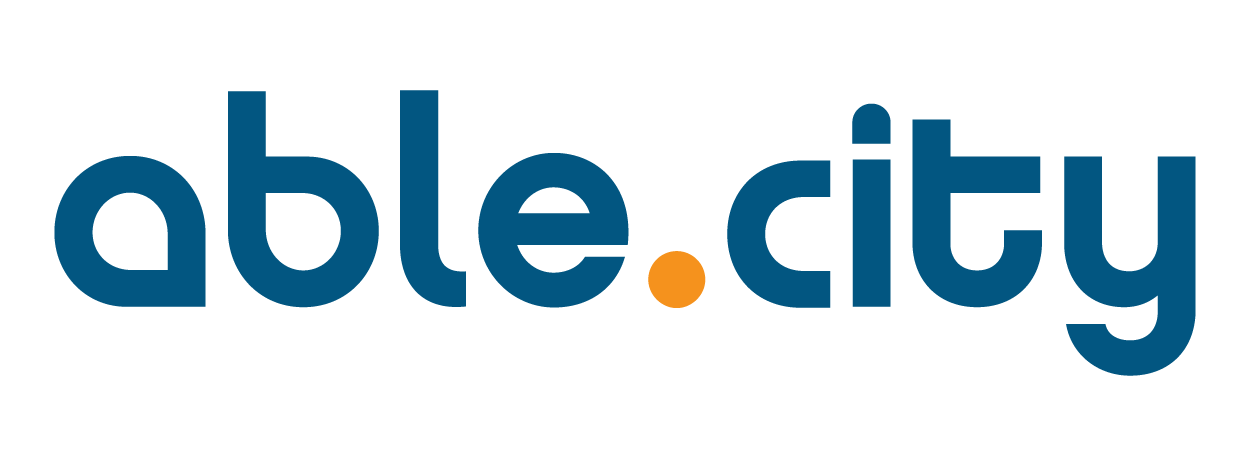Instead of moving forward with the controversial demolition, SAHA hired Able City, Alamo Architects and Economic Planning Systems to develop a master plan with the community for the aging apartment complex.
Last year, SAHA canceled plans to raze Alazán and partner with developer NRP Group to replace it with mixed-income housing amid protests by residents and housing advocates who were concerned that existing residents would be displaced and unable to afford the housing that would replace the original apartments.
“I was scared of that [plan] because … I hope they don’t think, well, this is an old person, let’s just dump her anywhere,” Gonzales said.
SAHA officials previously said it would be too expensive to renovate the units due to the complex’s cinder block walls and other challenges associated with its age. In 2020, the National Trust for Historic Preservation put the complex on its annual list of “America’s 11 Most Endangered Historic Places .”
SAHA’s decision to end its Alazán partnership with the NRP Group came weeks after the departure of CEO David Nisivoccia, who left the agency to take a similar post in Denver, and the appointment of Chief Financial Officer Ed Hinojosa Jr. as interim CEO. In July, Hinojosa was named permanent CEO .
Able City’s planning process began in February with a kind of listening tour with consultants, Alazán Courts residents and area stakeholders; tabling at events; knocking on doors; and hosting open houses.
“We didn’t put pen to paper for three months. … We talked to people, we tried to create different avenues [of communication] so that we can engage different people in different ways,” said Seema Kairam, an associate and design lead for Able City. “Before we even started thinking about design, we wanted to have the community’s voice in our heads.”
Seema Kairam, an associate and design lead at Able City, speaks during the community meeting about the Alazán Courts redevelopment plan. Credit: Nick Wagner / San Antonio Report
Now nearing the end of phase two of the master plan process, two committees made up of residents and community members have met (and will continue to meet) regularly to discuss visions and possible designs for the site.
The public design workshop on Saturday is the last public meeting before consultants will come back to the community with three or four design options in August, when there will be another round of community input, Kairam said.
Ultimately, the SAHA board will decide how to move forward, but Able City wants to present the board with “what the community wants,” she said.
Find a list of committee and public meetings here .
Last year, SAHA estimated that the project would cost $145.3 million, but final costs can’t be calculated until the master plan is complete.
What is known is that each unit — in new or existing buildings — will have central air, upgraded electrical, more efficient windows, exterior wall insulation, updated appliances and disability access.
Most groups at the Saturday event preserved nearly all of the existing structures (beige Legos) and added more one- and two-story structures (orange Legos) within the existing footprint. All of them chose to put additional housing on the nearby baseball field.
That clearly signals the community’s desire for preservation, said Graciela Sanchez, executive director of the Esperanza Center. As a prominent critic of SAHA’s previous attempts to demolish the apartments, she remains cautiously optimistic about what the new process will produce but is skeptical about the need to sacrifice existing housing units that are in the flood plain.
While some placed new buildings on street-facing edges, Sanchez’s group chose to keep new construction low-profile and as far from the street as possible.
“Hide them inside somewhere [so] we can represent the more 1939 version” of the complex, she said.

